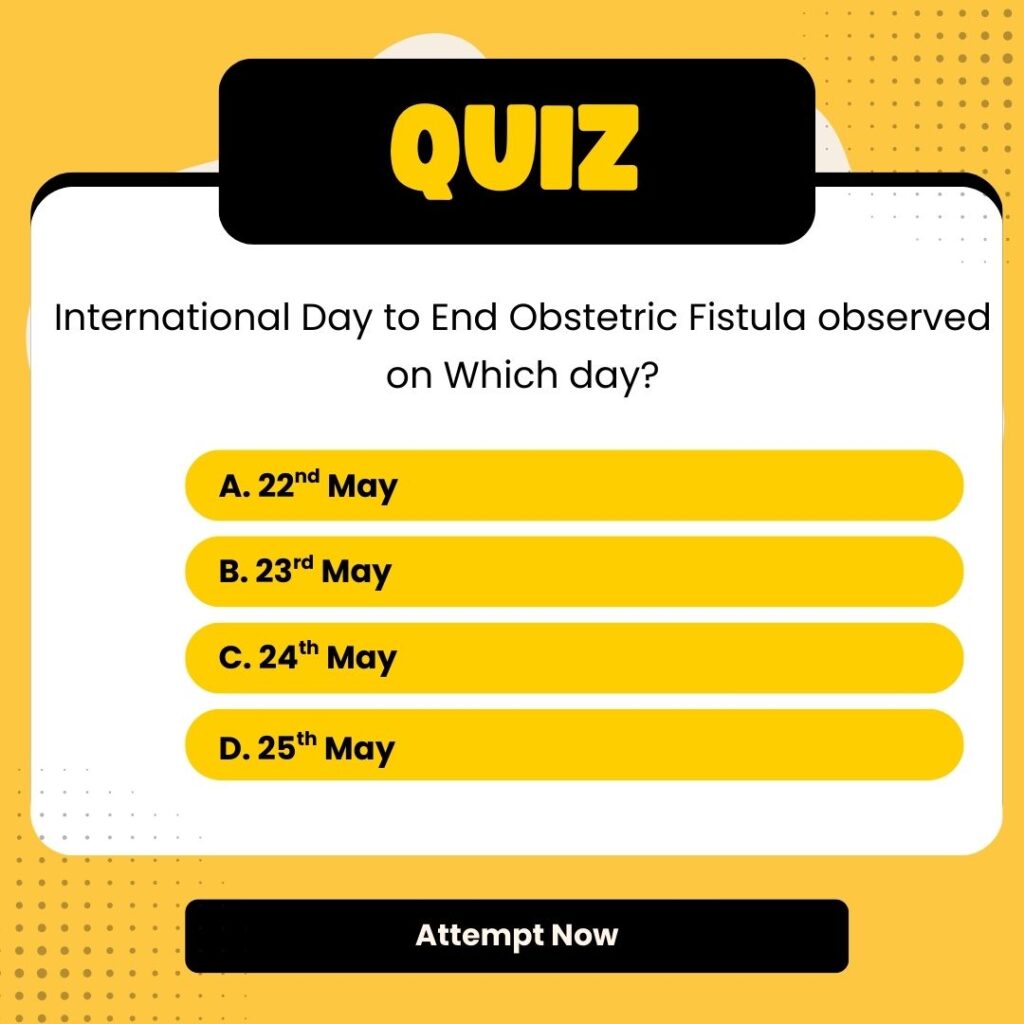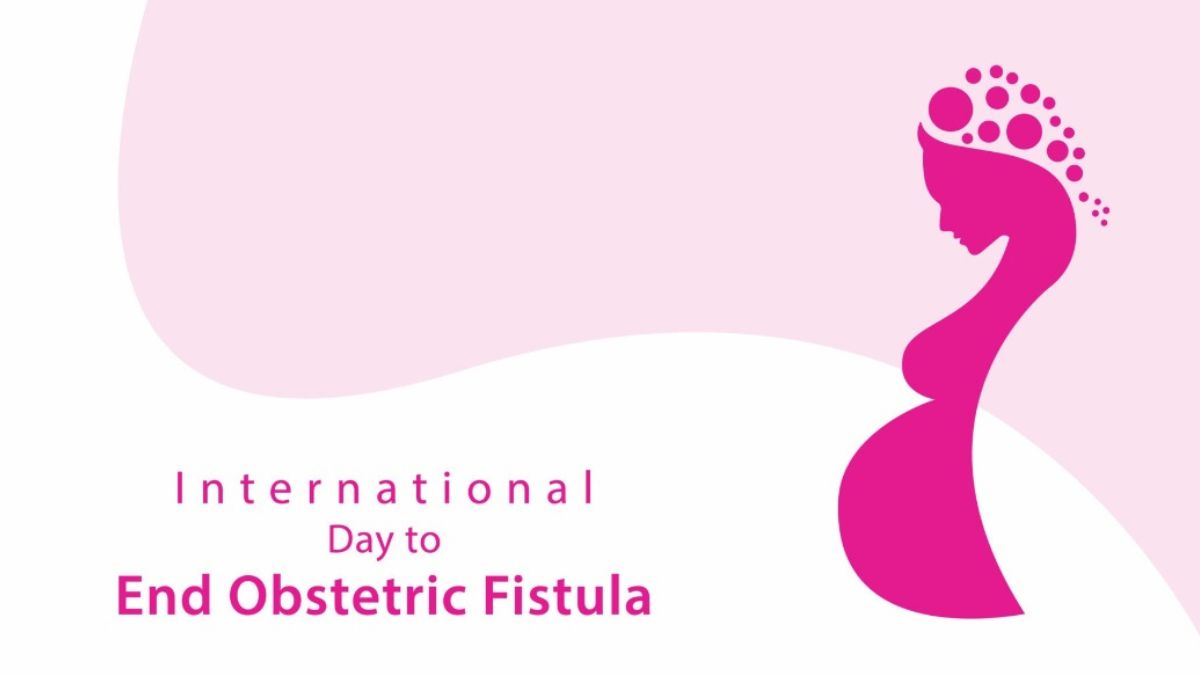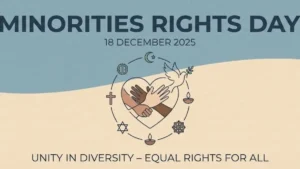The International Day to End Obstetric Fistula, observed every year on 23 May, serves as a global call to action to eliminate one of the most severe and preventable childbirth-related injuries—obstetric fistula. Marked by this year’s theme, “Her Health, Her Right: Shaping a Future without Fistula,” the observance emphasizes the urgent need to provide all women and girls with access to quality, comprehensive sexual and reproductive health services. The persistence of obstetric fistula reflects deep-rooted gender and healthcare inequalities that disproportionately affect the world’s poorest and most vulnerable populations.
Understanding Obstetric Fistula: A Silent Tragedy
- Obstetric fistula is a devastating childbirth injury caused primarily by prolonged, obstructed labor in the absence of timely medical intervention.
- This condition results in a hole between the birth canal and bladder and/or rectum, leading to continuous leakage of urine or feces.
- The consequences are not only physical—often including chronic infection and infertility—but also social and emotional, frequently resulting in isolation, shame, and extreme poverty.
The Global Burden
- Despite being almost entirely preventable and treatable, obstetric fistula continues to affect approximately half a million women and girls, mainly in sub-Saharan Africa, Asia, the Arab States region, and Latin America and the Caribbean.
- Its persistence is a stark indicator of inadequate healthcare infrastructure, poverty, and gender inequality. New cases continue to emerge every year, underscoring the need for sustained and focused global efforts.
UNFPA and the Campaign to End Fistula
- The United Nations Population Fund (UNFPA) leads the Global Campaign to End Fistula, launched in 2003, aiming to prevent and treat fistula through surgical repair, psychosocial support, and rehabilitation.
- Over the last two decades, this campaign has mobilized strategic partnerships, improved medical care, supported community outreach, and elevated the voices of survivors. However, to meet the 2030 elimination goal, efforts must now be accelerated.
Theme 2025: Her Health, Her Right
This year’s theme highlights that sexual and reproductive health is a fundamental human right. To eliminate fistula, the world must address its root causes, such as early marriage, poor maternal care, and gender-based discrimination. Survivors must be central to policy formation, and investments in inclusive, culturally sensitive, and rights-based healthcare systems must increase. Community health workers, women leaders, and youth advocates are key in driving change.
Call to Action
- Eliminating obstetric fistula aligns with the goals of Universal Health Coverage (UHC) and the Sustainable Development Goals (SDGs).
- Governments, civil society, and international organizations must collaborate to ensure no woman or girl is left behind in receiving timely and quality maternal healthcare. Empowering women to make informed decisions about their bodies is not only a health priority—it is a moral and social imperative.




 Important Days in December 2025, Nationa...
Important Days in December 2025, Nationa...
 International Migrants Day 2025: Meaning...
International Migrants Day 2025: Meaning...
 Minorities Rights Day 2025: Constitution...
Minorities Rights Day 2025: Constitution...







